Ancient news stories
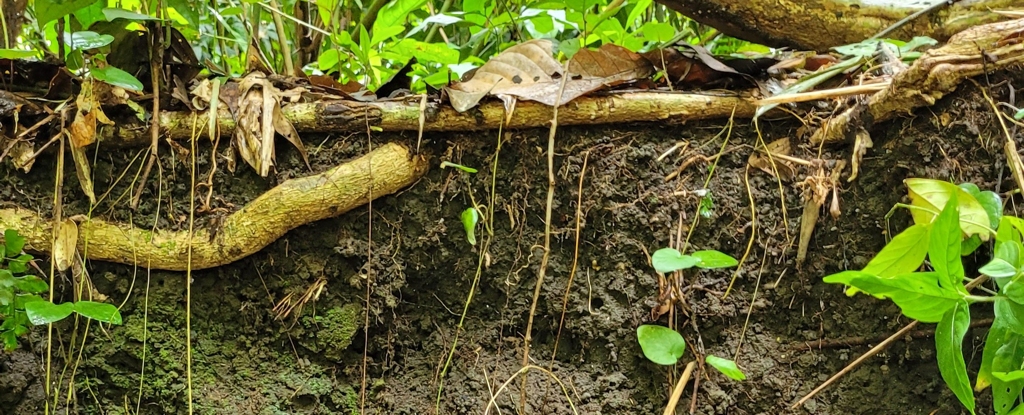
The traditional knowledge that once helped cultivate this precious ecosystem could now help it recover, according to new research by researchers from the University of São Paulo, the Brazilian Agricultural Research Corporation, and the National Institute for Amazonian Research in Brazil.
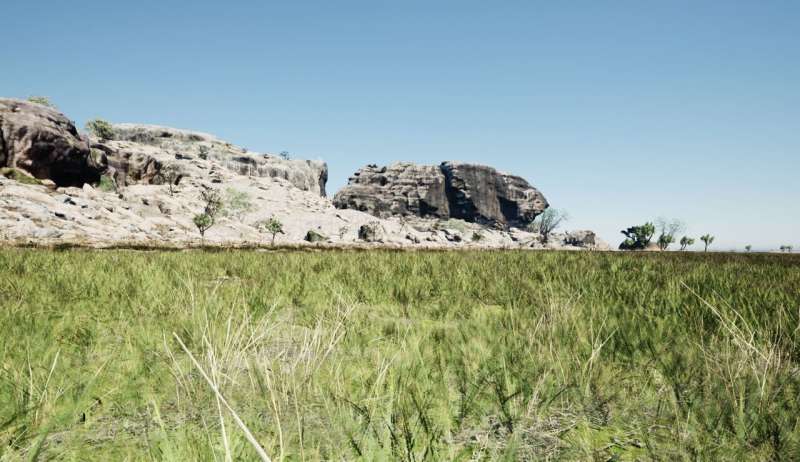
Scientists at Flinders University have used sub-surface imaging and aerial surveys to see through floodplains in the Red Lily Lagoon area of West Arnhem Land in Northern Australia. These ground-breaking methods showed how this important landscape in the Northern Territory was altered as sea levels rose about 8,000 years ago. See the research here.
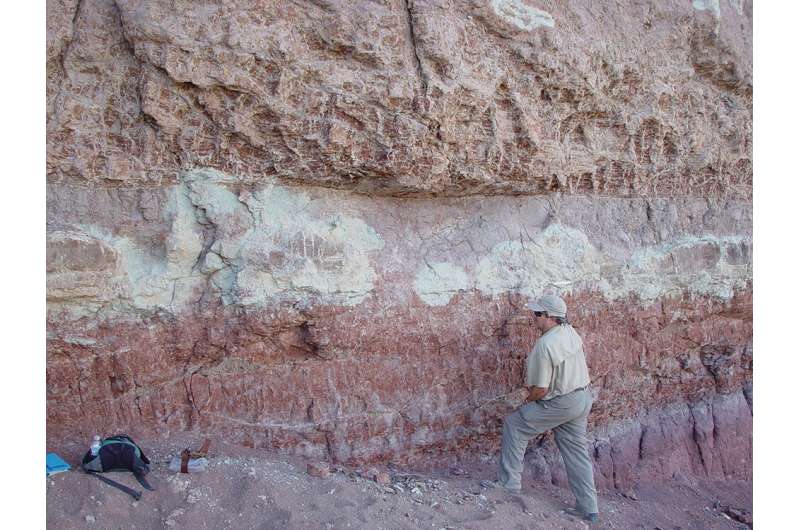
A geological study of the rock formation that encased a fossilized example of the world’s biggest “raptor” shows it’s 10 million years older than previously understood.
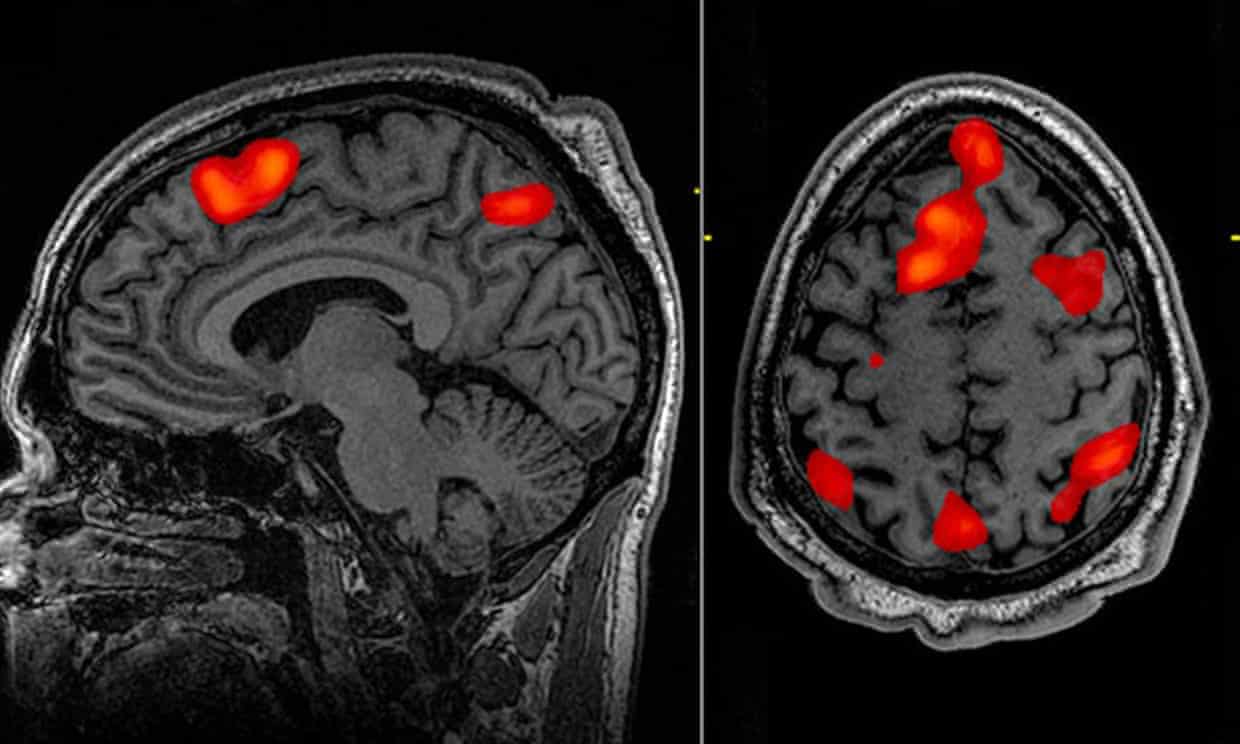
An AI-based decoder that can translate brain activity into a continuous stream of text has been developed, in a breakthrough that allows a person’s thoughts to be read non-invasively for the first time.
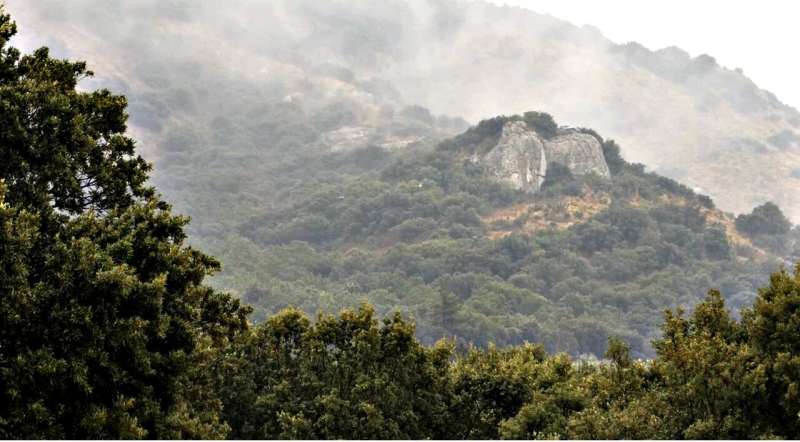
The first modern humans spread across Europe in three waves during the Paleolithic, according to a study published May 3, 2023.
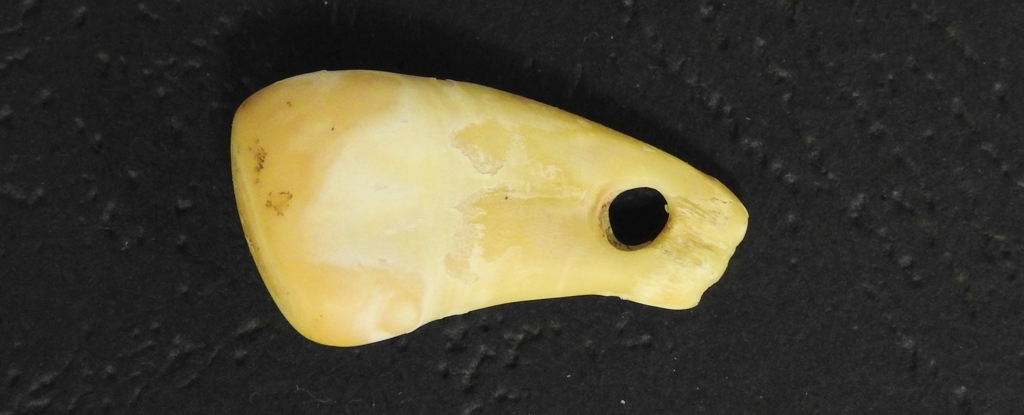
A pendant made from a deer’s tooth has turned out to be a veritable locket of genetic information left by an ancient woman who lived in Siberia some 20,000 years ago. See the study here.
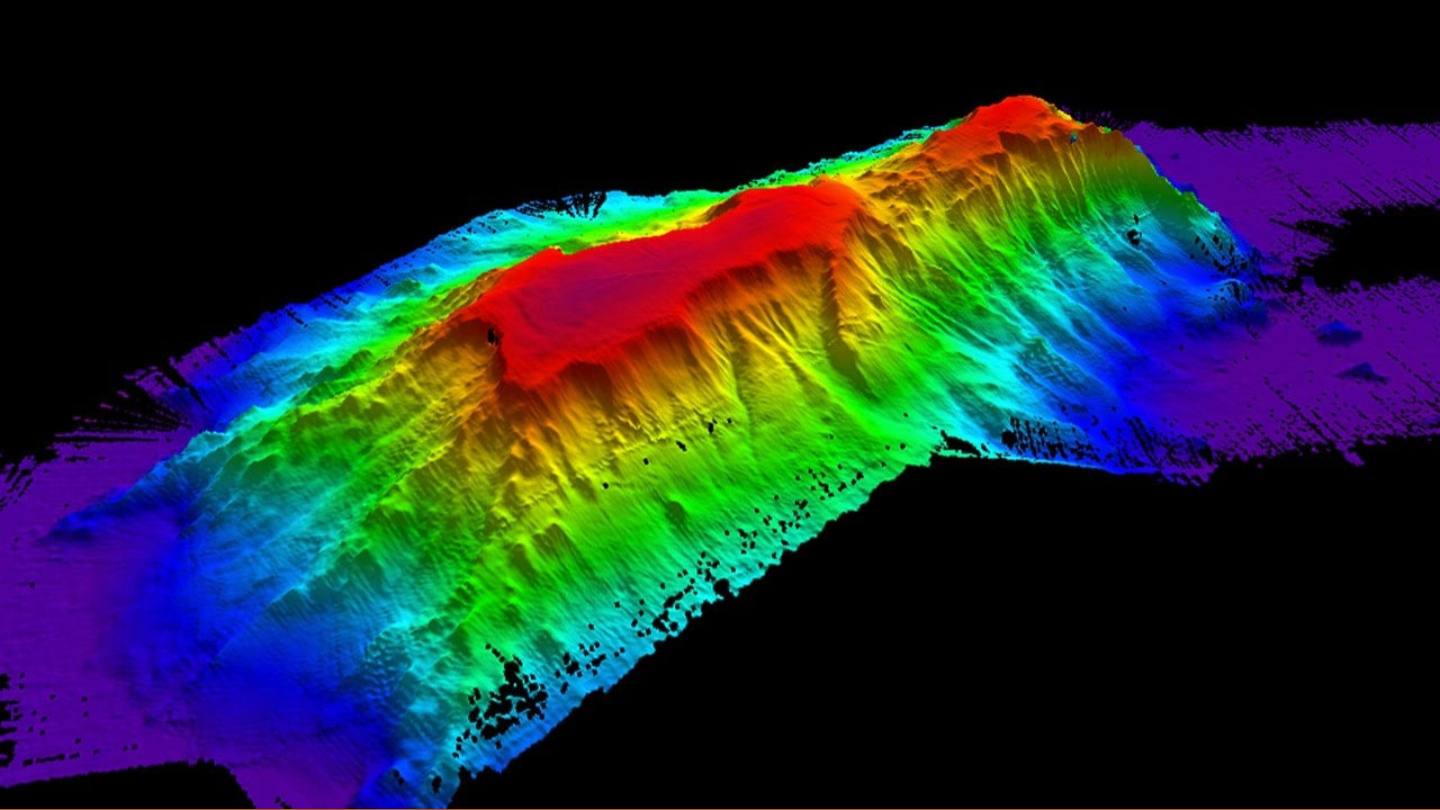
The number of known mountains in Earth’s oceans has roughly doubled. Global satellite observations have revealed nearly 20,000 previously unknown seamounts, researchers report in the April Earth and Space Science.
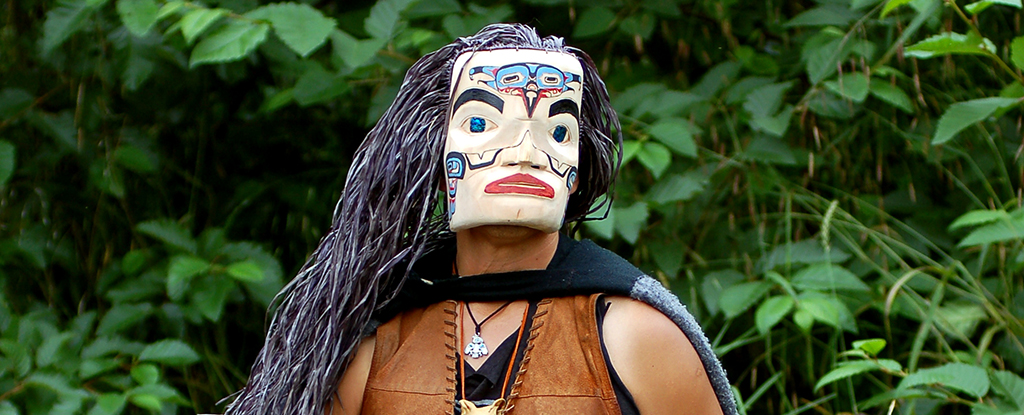
Sometimes you need to make sure you know what you’re looking at before its scientific value is made clear – and that’s the case with a 3,000-year-old piece of human bone initially thought to have come from a bear. The research has been published in iScience.
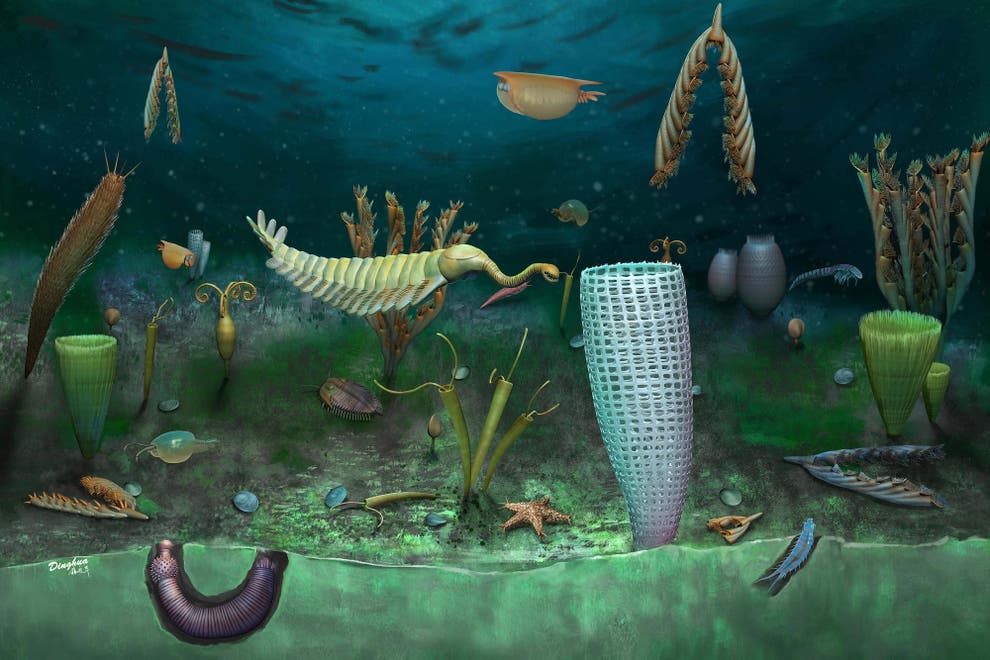
A large number of extraordinary new fossils, including many soft-bodied creatures, have been discovered near Llandrindod Wells in Powys.
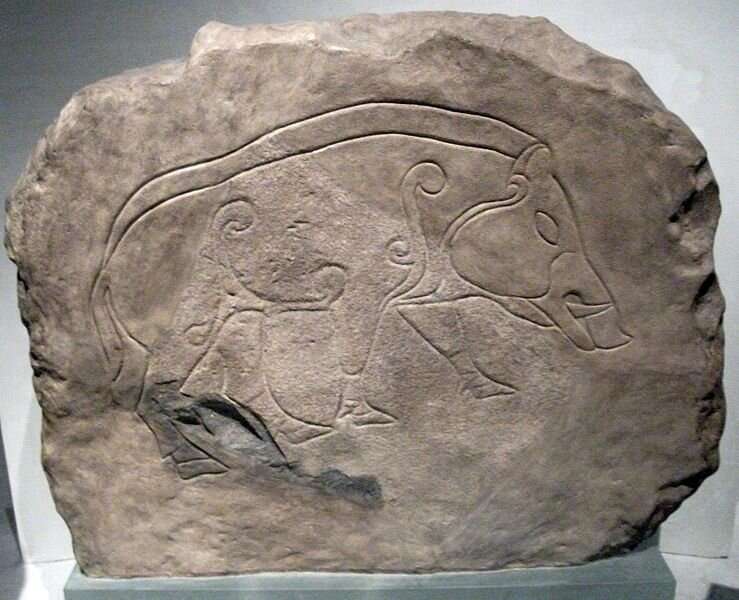
The Picts of Scotland who have long intrigued and have been ascribed exotic origins in fact descended from indigenous Iron Age society and were genetically most similar to people living today in Scotland, Wales, North Ireland and Northumbria. See the research here.
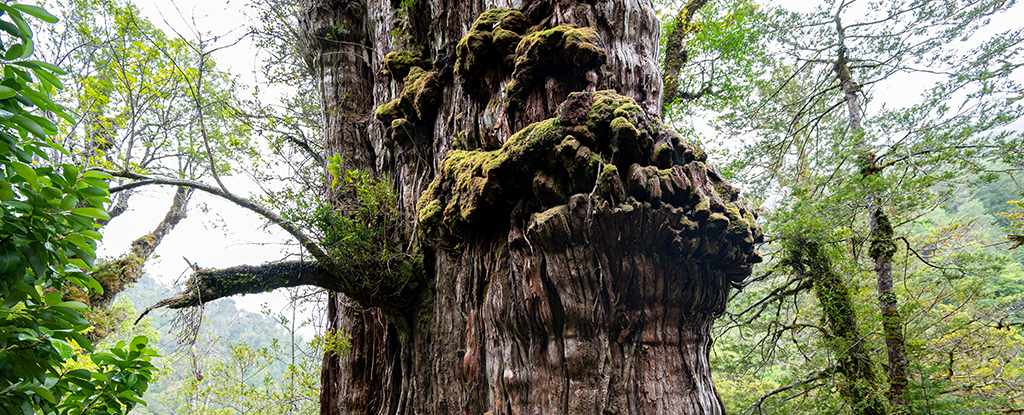
Believed to be more than 5,000 years old, it is on the brink of replacing Methuselah, a 4,850-year-old Great Basin bristlecone pine found in California in the United States, as the oldest tree on the planet.
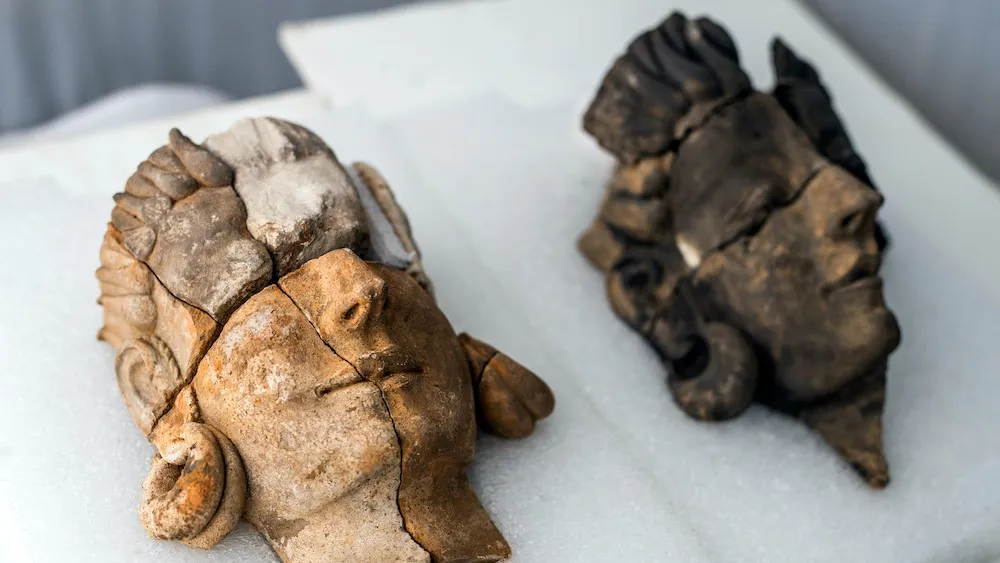
Archaeologists in Spain have unearthed five life-size busts of human figures that could be the first-known human depictions of the Tartessos, a people who formed an ancient civilization that disappeared more than 2,500 years ago.

The ancients certainly divided humanity into different groups and recognised differences of colour. But they did not categorise people in racial terms as we do, nor attribute the same social meanings to human differences. Whether we are talking of Cleopatra or Aristotle, to portray them as “white” is to project a contemporary racial sensibility into the past.
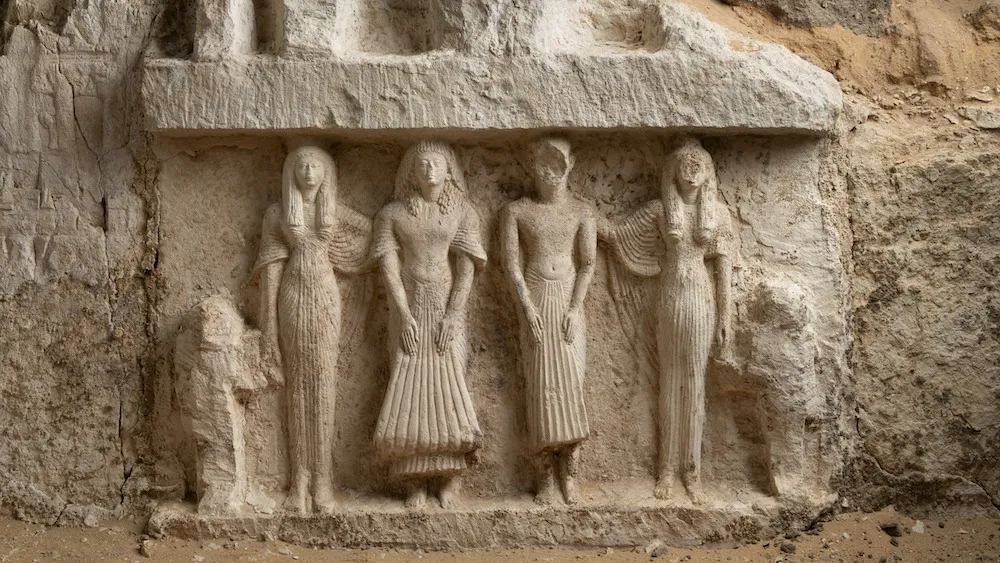
Archaeologists in Egypt have discovered several tombs and chapels dating back around 3,300 years in an ancient cemetery at the site of Saqqara.

Bubbles of radiation billowing from the galactic center may have started as a stream of electrons and their antimatter counterparts, positrons, new observations suggest.
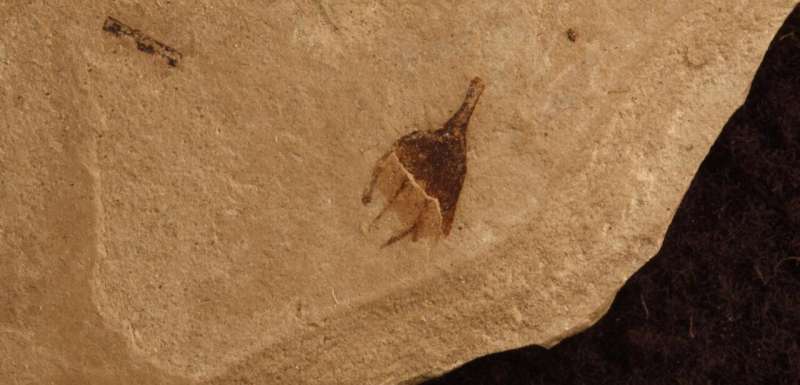
Botanists and paleontologists, led by researchers from CU Boulder, have identified a fossil chili pepper that may rewrite the geography and evolutionary timeline of the tomato plant family. See the research here.








